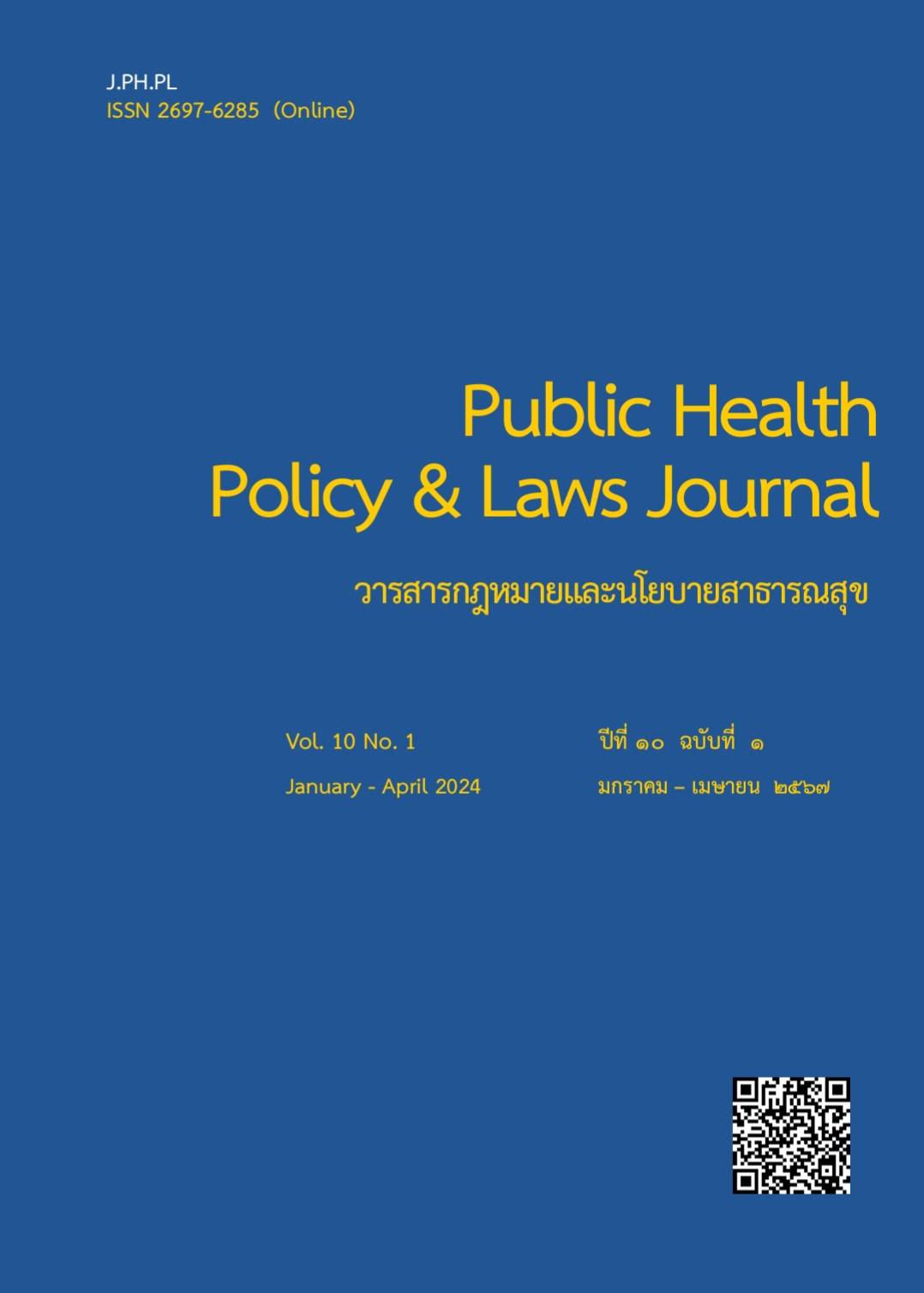China's Innovative Dispute Resolution under the "Belt and Road" Initiative
Abstract
This article explores China's significant initiatives in innovative dispute resolution under the "Belt and Road" initiative. It highlights China's establishment of institutions such as the International Commercial Court, the Supreme People's Court's "one-stop" resolution platform, and the International Mediation Institute, offering novel avenues for resolving commercial disputes within the "Belt and Road" projects. These innovative mechanisms not only promote the development of international rules and the rule of law but also contribute to maintaining the stability of global trade and investment cooperation, fostering legal pluralism, and enhancing global governance. China's practical experiences are closely observed worldwide, providing valuable insights for addressing global challenges and advancing the construction of a peaceful, stable, and prosperous international order.
References
Anil Punj(2021). A Road to Arbitration in China’s Belt and Road Initiative Projects: the Institutional Perspective, Indian Journal of Integrated Research in Law,2(1).
CALLAGHAN, MIKE and PAUL HUBBARD(2016). The Asian Infrastructure Investment Bank: Multilateralism on the Silk Road. China Economic Journal, 9(2).
JAMES F.PARADISE(2016). The Role of “Parallel Institutions” in China’s Growing Participation in Global Economic Governance. Journal of Chinese Political Science, 21(2).
Jia Zuo(2020).One Belt One Road Disputes: Does China Have Dispute Resolution Methods Fit for Purpose?. LSE Law Review,5.
Mark Feldman(2021). Connectivity and Decoupling: Belt and Road Dispute Resolution in a Fractured Trade Environment. Indian Review of International Arbitration, 1 (1).
MICHAEL D. SWAINE(2015). The Real Challenge in the Pacific: A Response to ‘How to Deter China. Foreign Affairs, 94(3).
MICHAEL M. DU(2016). China’s “One Belt, One Road” Initiative: Context, Focus, Institutions, and Implications. Chinese Journal of Global Governance, 2 (1).
MIKE CALLAGHAN & PAUL HUBBARD(2016). The Asian Infrastructure Investment Bank: Multilateralism on the Silk Road. China Economic Journal,9(2).
Patrick M. Norton(2019). Conflicts on the Belt & Road: China's New Dispute Resolution Mechanism. Indian Journal of Arbitration Law, 8(1).
Prince Kanokanga(2022). The China-Africa Joint Arbitration Centre (CAJAC). Pretoria Student Law Review,16(1).
RAVNI THAKUR(2015). One Belt One Road: China’s New Strategic and Trade Policy. Academy of Management Review, 21(4).
Guiguo Wang(2017). Legal Challenges to the Belt and Road Initiative. Journal of International and Comparative Law,4(2).
YIPING HUANG(2016). Understanding China's Belt & Road Initiative Motivation, framework and assessment. China Economic Review, 40(C).
Z. LINGLIANG(2016). Conceptual Analysis of China’s Belt and Road Initiative: A Road towards a Regional Community of Common Destiny. Chinese Journal of International Law, 15(3).
Zachary Mollengarden(2019). "One-Stop" Dispute Resolution on the Belt and Road: Toward an International Commercial Court With Chinese Characteristics. Pacific Basin Law Journal,36(1).
Downloads
Published
How to Cite
Issue
Section
License
Disclaimer and Copyright Notice
The content and information presented in articles published in the Journal of Law and Public Health Policy represent the opinions and sole responsibility of the respective authors. The editorial board does not necessarily agree with or assume any responsibility for the views expressed.
All articles, data, content, images, and other materials published in the Journal of Law and Public Health Policy are the intellectual property of the journal. Any individual or organization wishing to reproduce, distribute, or otherwise use the entirety or any part of such materials must provide proper citation.





